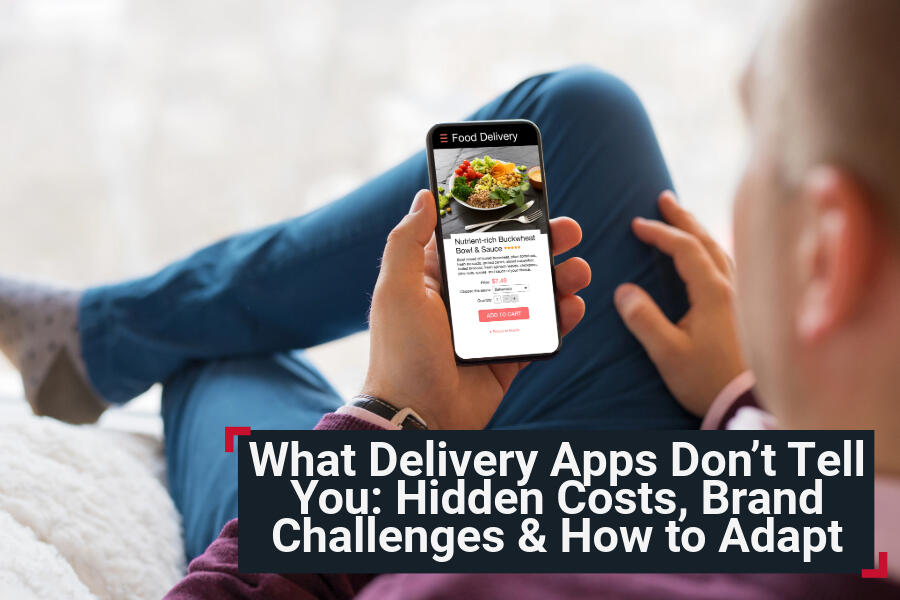Third-party delivery platforms like DoorDash, Uber Eats, Grubhub, and Postmates have become lifelines for many restaurants. They offer access to a broader customer base, increased visibility, and a way to keep orders flowing during slow periods. But behind the convenience lies a growing list of challenges that can quietly chip away at your profits, control, and brand identity.
This post is not here to criticize delivery apps. They clearly serve a purpose. But if your restaurant depends heavily on third-party delivery, it’s crucial to understand the trade-offs. From commission fees to data loss to the packaging your customer sees first, we’re breaking down what delivery apps don’t tell you and how to adapt without losing what makes your brand unique.
The Cost of Convenience: Commission Fees Add Up Fast
One of the biggest pain points for restaurant owners is commission fees. Most delivery platforms take a cut ranging anywhere from 15% to 30% of each order. While that might seem manageable at first, over time it can dramatically shrink already-thin margins.
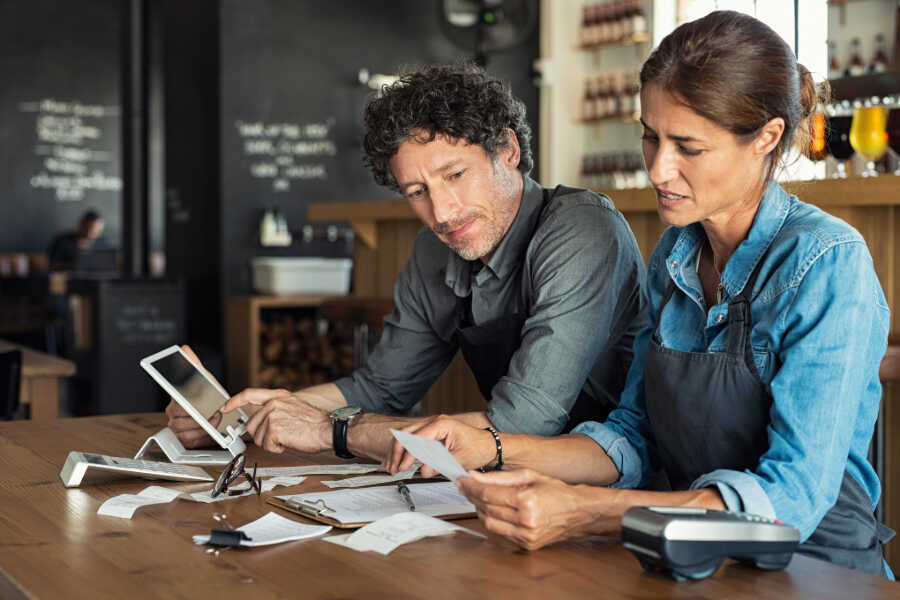
If you’re offering lower-priced items, the percentage hit per order is even more significant. Some restaurants try to raise prices on delivery menus to compensate, but that can lead to negative reviews or customer pushback.
What to do:
- Evaluate which menu items are profitable enough to be listed on third-party apps.
- Consider offering promotions exclusively through your own channels to encourage direct ordering.
- Negotiate with platforms if your order volume is high. They may be willing to lower fees.
You Don’t Own the Data (And That’s a Problem)
One of the most overlooked downsides of third-party delivery is the loss of customer data. When someone orders through an app, you don’t get their name, email address, or purchasing habits. That’s valuable information that could help you build loyalty and market more effectively.
Instead, the platforms keep that data for themselves, and you’re left without a direct line to the people buying your food.
How to adapt:
- Use packaging inserts with discount codes or QR codes that lead back to your own website or ordering platform.
- Offer loyalty rewards that are only accessible through your restaurant directly.
- Encourage follow-up on social media by including branded materials that invite engagement.
Your Brand Experience is in Someone Else’s Hands
From the moment a customer places a delivery order, everything that follows is handled by the app and a contracted driver. That means you have little to no control over:

- How the food is handled during delivery
- The friendliness (or lack thereof) of the delivery driver
- What the food looks like when the customer opens the bag
- How fast it arrives
And yet, you’re the one who gets reviewed.
This disconnect between your standards and the customer’s experience can seriously affect your reputation. A late delivery or a mishandled order reflects poorly on you, even when it’s not your fault.
Your Packaging Might Be Your Only Brand Impression
When someone orders through DoorDash or Uber Eats, they’re not walking into your restaurant. They’re not interacting with your staff. They’re not seeing your décor, your branding, or your vibe.
All they see is the food, and the packaging.
That’s why your packaging choices matter more than ever in the delivery space. If your meals are sent out in generic or mismatched containers, you’re missing a major opportunity to reinforce your brand identity.
On the other hand, custom-printed takeout packaging gives you back a small but powerful piece of control. It’s a chance to deliver something consistent and memorable, even when the experience happens entirely off-premise.

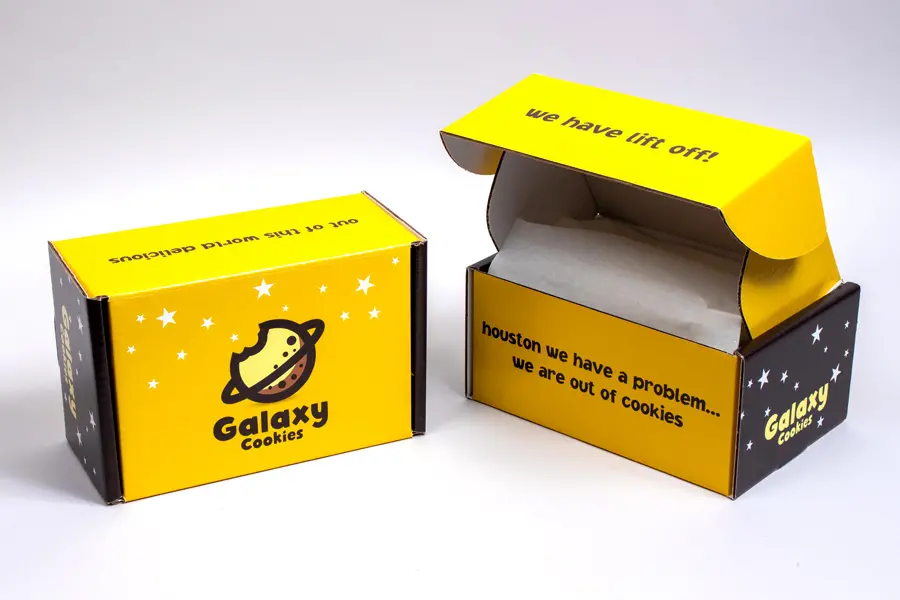
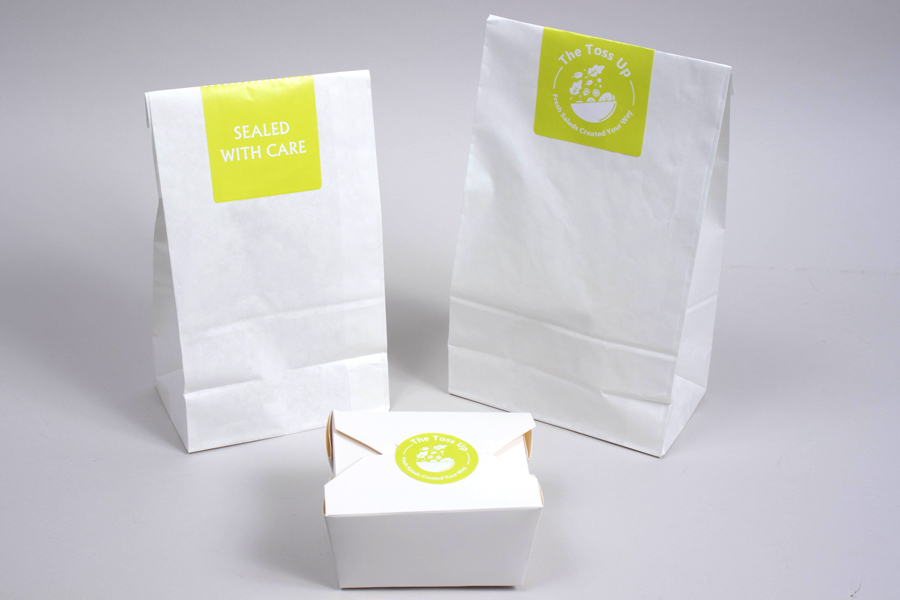
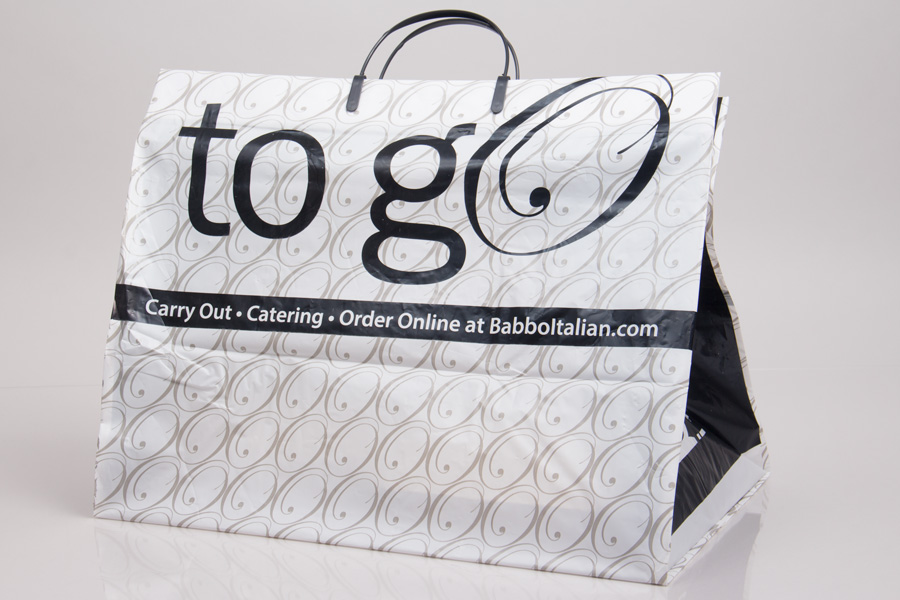
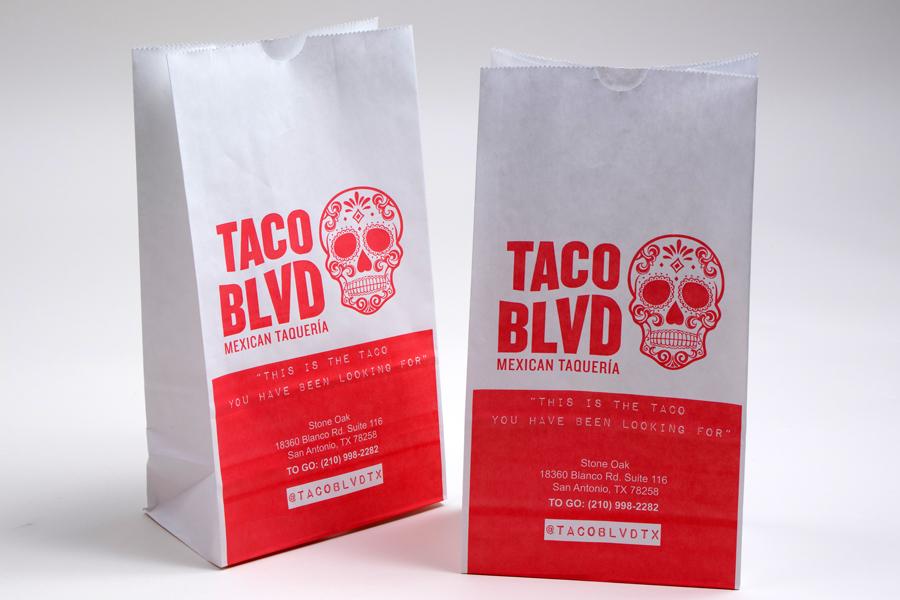
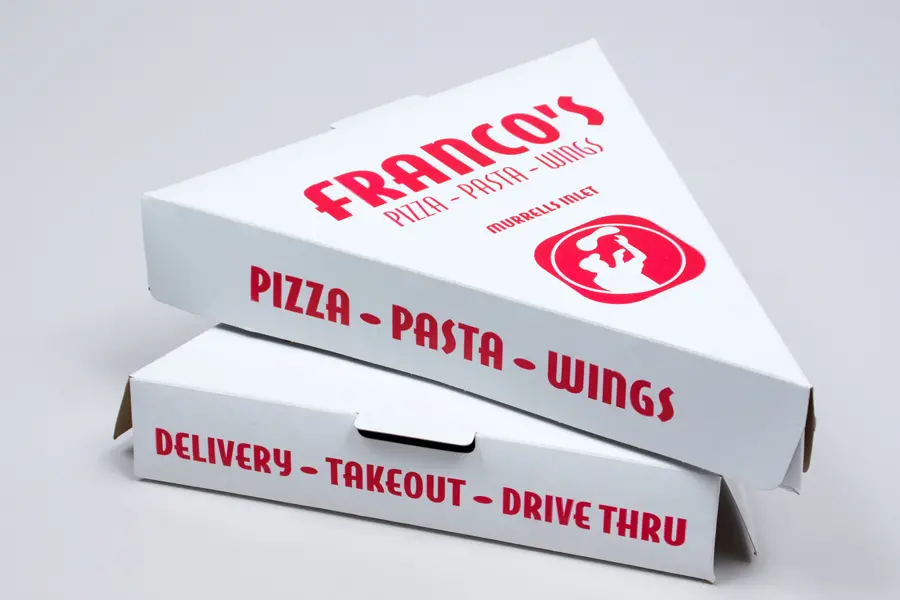
With the right packaging, you can:
- Remind customers who you are, even if they found you through an app
- Create a branded, elevated unboxing experience that matches your in-house atmosphere
- Encourage repeat business by making a stronger impression
Need help building that kind of experience? Morgan Chaney can provide branded takeout packaging that helps restaurants like yours stay recognizable beyond the dining room.
How Smart Restaurants Are Adapting
The good news? You don’t have to leave your brand behind just because you’ve embraced delivery. Here’s how forward-thinking restaurants are adapting without losing their identity:
- Split Your Strategy: Use third-party apps to reach new customers, but prioritize your own ordering platform with better pricing, rewards, or exclusive menu items.
- Invest in Packaging: Choose sturdy, well-branded containers and bags that hold up during transit and reflect your brand values.
- Make the Bag Work for You: Add thank-you notes, bounce-back coupons, or QR codes to invite customers to follow you, order directly, or join your email list.
- Train Staff for Off-Premise Efficiency: Set up dedicated stations for delivery prep with clear systems to ensure order accuracy and packaging consistency.
- Monitor Reviews: Don’t ignore feedback that comes through the apps. Look for patterns and take quick action when possible, even if the issue wasn’t directly your fault.
Final Thoughts
Delivery apps can expand your reach, but they shouldn’t own your entire business. The restaurants that thrive in this environment are the ones that understand the trade-offs, stay proactive, and find creative ways to take back control.
Whether it’s through your menu, your messaging, or your packaging, don’t let third-party delivery strip away your identity. Instead, use it as a channel to grow your business on your terms.
Want to create packaging that reflects your brand, even when the experience happens at home? Explore our custom takeout packaging solutions for restaurants and food service businesses.
